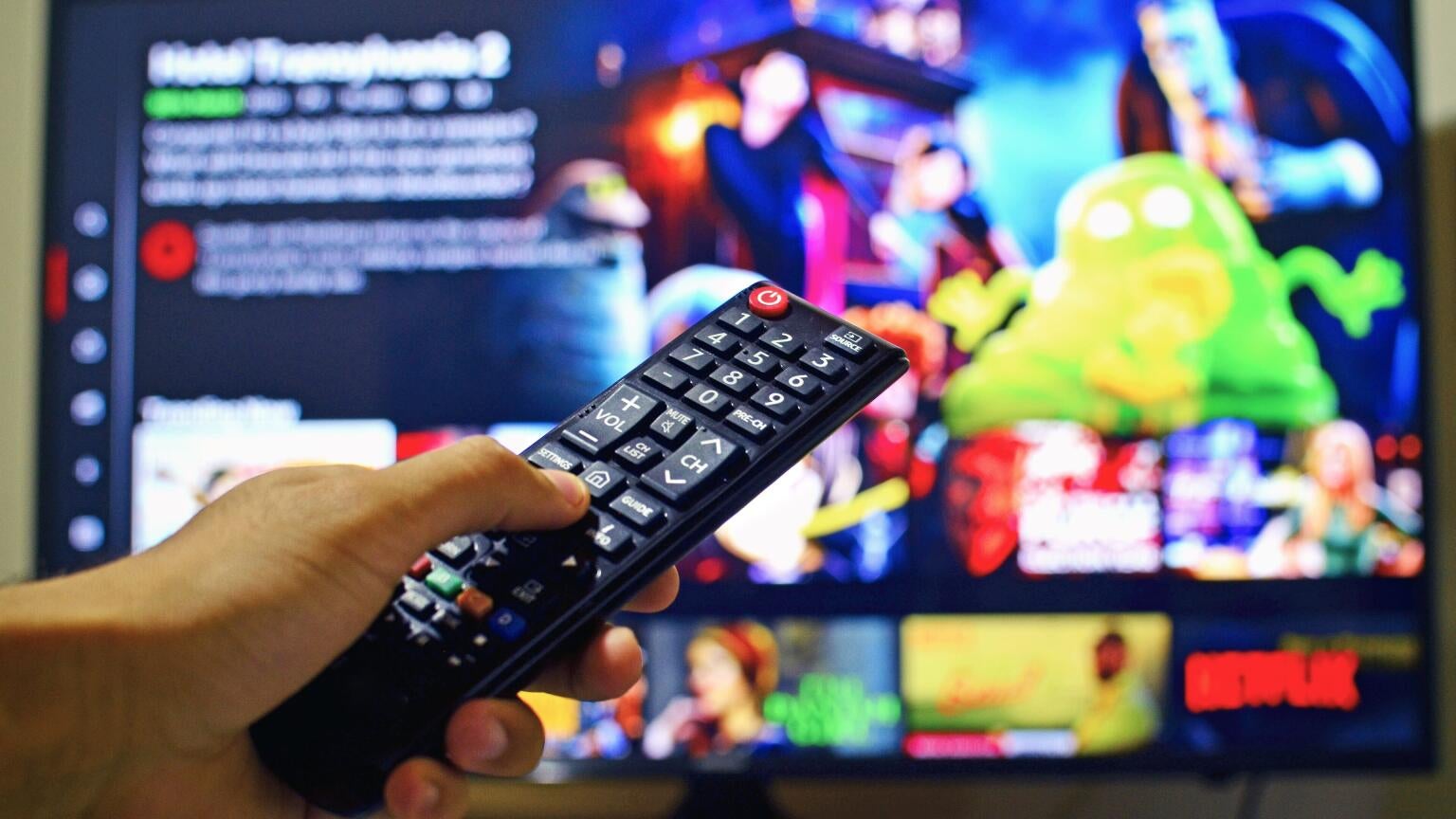The Great Balancing Act: When Do Streaming Video Wallets Close?
As streaming services hike prices, service providers start wondering how far they can go.

Prices go up. This is just the nature of things. Prices can go up for a wide variety of reasons, from trying to absorb increasing costs to trying to build resources for expansion efforts to the CEO wants a new ivory backscratcher. However, raising prices should never be done lightly. After all, there’s always a segment of any market that is price-sensitive, meaning that once prices get too high, people start looking for the exits. As some of the biggest names in streaming — Hulu and Netflix among them — have started raising prices, some platforms are wondering just how far they can go.
The recent Hulu price hike sends prices up a whopping $1 a month. That’s not so bad, really, especially in light of everything you get from Hulu. For Hulu’s owner Disney, that extra buck is a big deal. Since Hulu has around 43 million paying customers, that extra buck means about an additional $43 million a month in Disney’s coffers. Given the pasting that Disney parks have taken since March of last year, extra money coming in is a welcome development. Disney+ can’t keep the whole company going by itself, after all.
Yet even as price hikes take place, streaming platforms are left to consider the ultimate question: “When do people start saying ‘that’s enough”? Much of the industry, according to word from business consulting firm Frost & Sullivan, is trying to figure out where that breakpoint is in order to get prices to that point without passing it.
The word of the day for the industry, Frost & Sullivan’s Dan Rayburn noted, is “churn.” Churn is the term for subscribers leaving a platform, and for streaming, it’s long been a problem. A much smaller problem, of course, but a problem nonetheless.
Formerly, churn in streaming wasn’t caused so much by prices but rather by content. When a customer exhausted a platform’s catalog titles — older titles that often make up the bulk of streaming’s offerings — they waited for new titles. If new titles were too long in coming, customers would migrate to a new platform to check out what they’d missed over there.
Streaming platforms, meanwhile, are out to get what they can get, so they’re all trying to figure out where the point at which churn becomes untenable actually is. Since streaming is a comparatively new concept, there is no established data to draw from. Platforms are left jabbing sticks into the dark ahead of them and listening for the bear traps to shut.
With streaming increasingly taking the place of cable — a JD Power study found that the average streaming customer is spending $55 on streaming services a month — there’s clearly room for some price hikes before people start considering other options.
People were also subscribed to an average of 4.5 streaming services total as of June 2021, up from 3.9 in December 2020. Given the numbers of options customers have in terms of streaming platforms, they can switch at any time or go without a provider for a while. That means customers may be more price-sensitive than expected; they’ll pay $55 a month, but for close to five services. If it’s $55 for just four, or even three, services, customers may reconsider.
Thus, streaming platforms consider how far the consumer can be pushed. With small hikes like we’re seeing, the answer is likely fairly far. All platforms need to do is keep one big “we’re slashing prices” marketing campaign ready on the back burner for when they go too far, and they may be able to find that point of greatest churn faster than expected.